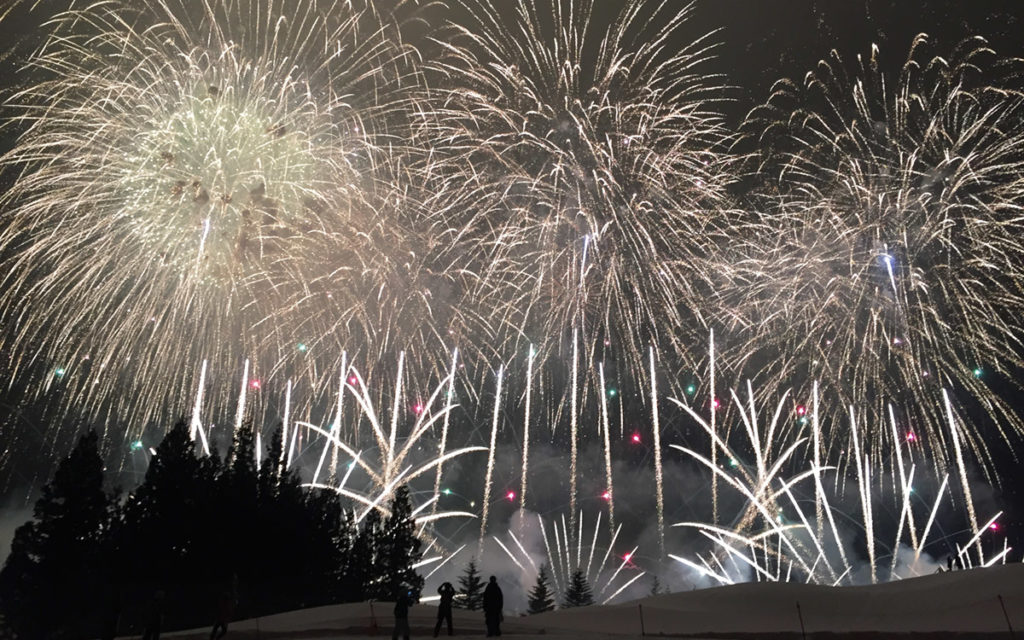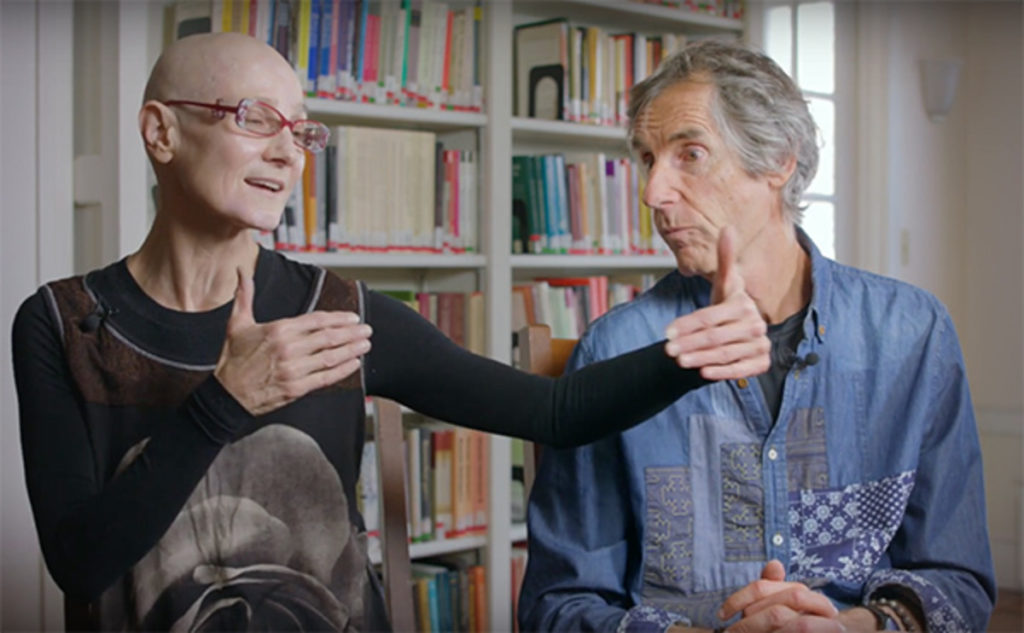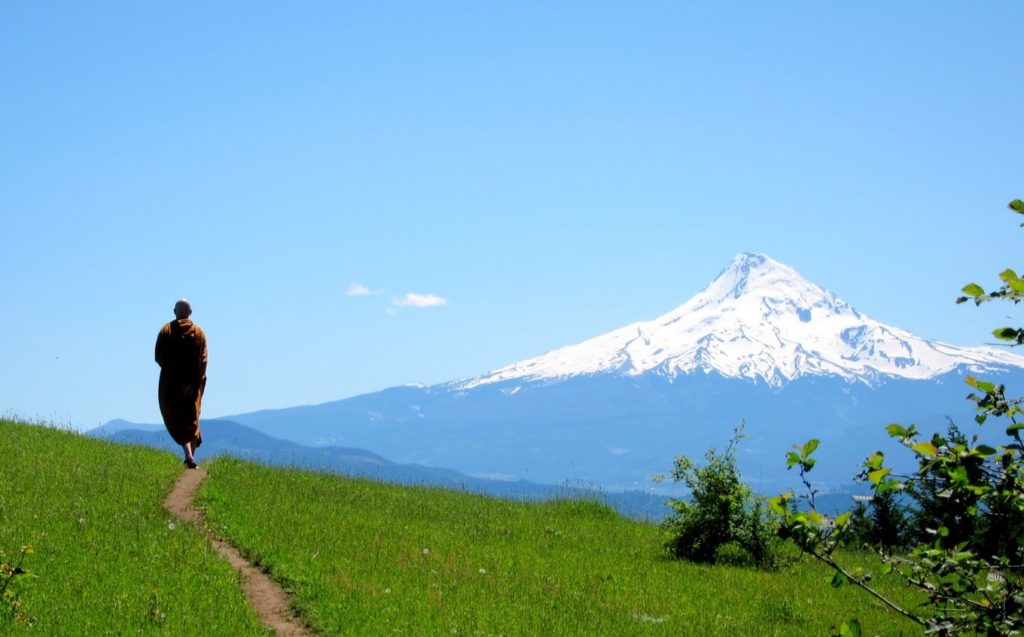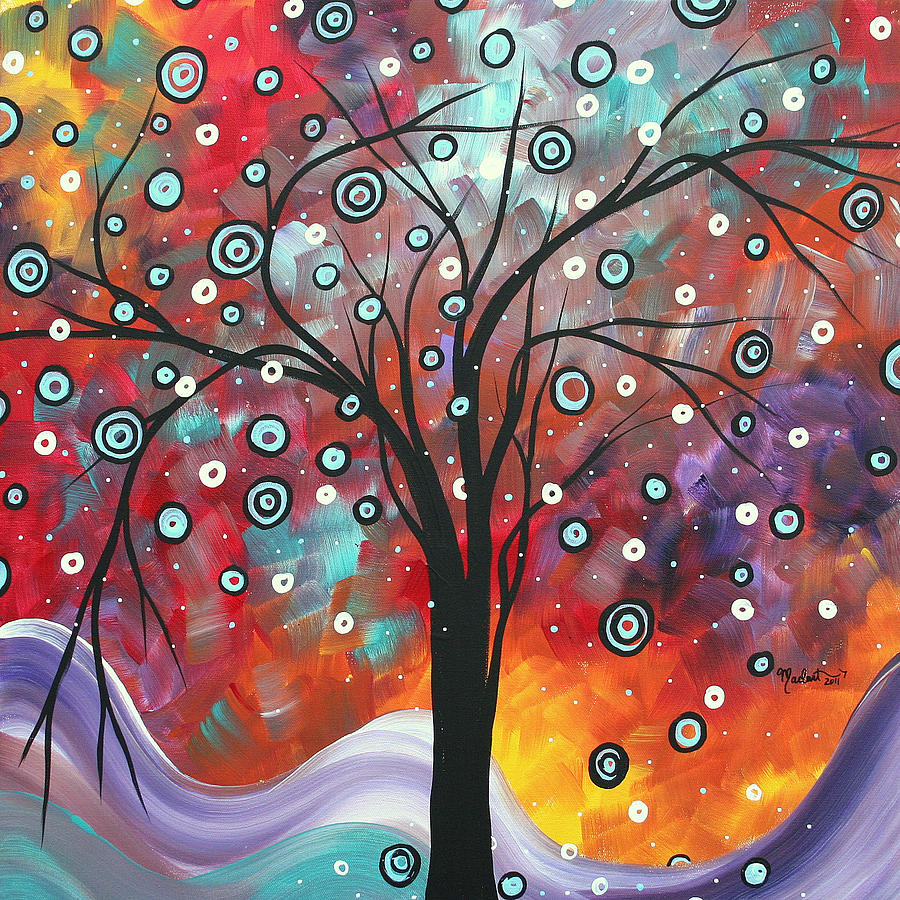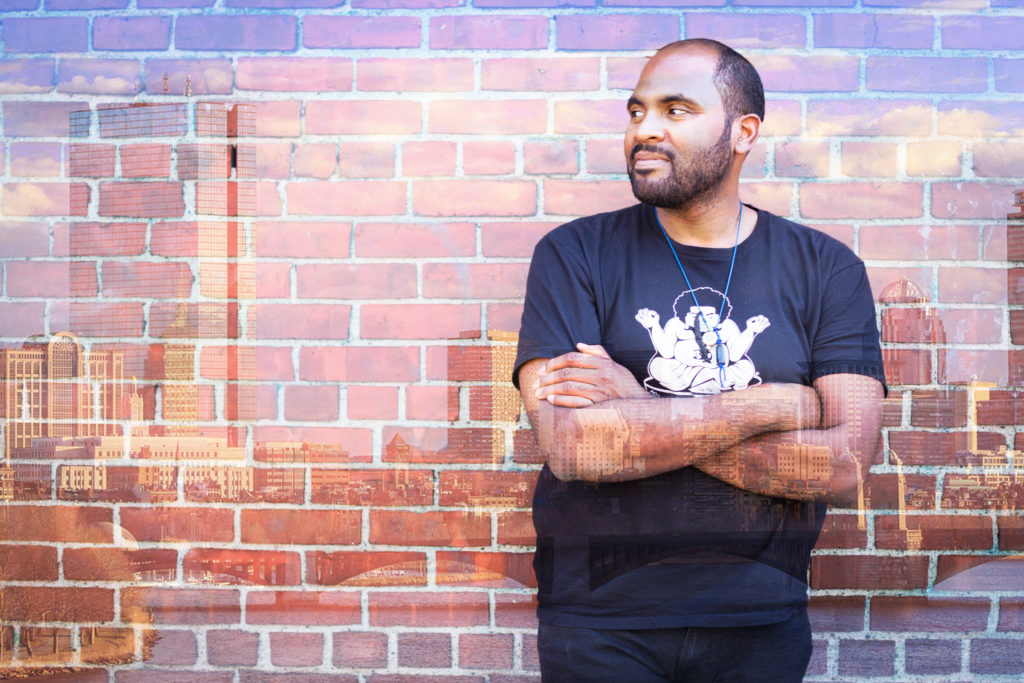The Mind Can Rest
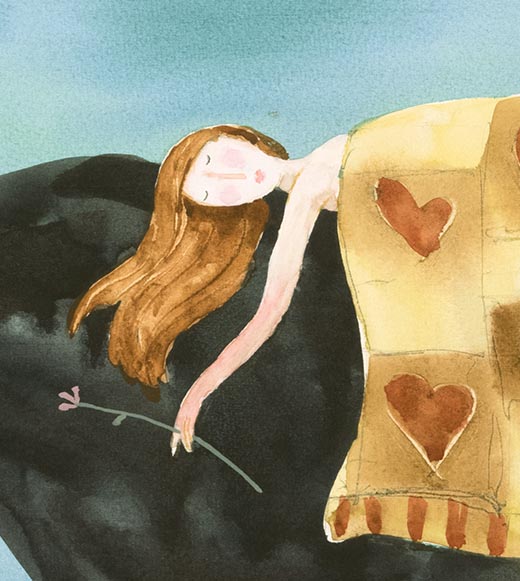
I can’t give you a link to the recorded talks from the Nature of Awareness retreat I just went to, because those talks are only available to people who attended the retreat. But I can report on my own experience, and my experience is this:
I find myself returning again and again to the following words, which struck me as deeply significant when Phillip offered them during his guided meditation on the Earth and Wind Elements:
“In the stillness, the mind can find ground. Can rest. But also in movement. Attention can rest in knowing movement. Attention can rest in regard to a moving object — whether it’s the wind element, or thoughts, or desire or aversion or joy… Attention can rest. This knowing capacity is not dependent on whether the object that is being know is still or moving.
“This stillness, that allows the resting, is awareness.”
This is What Matters to Me
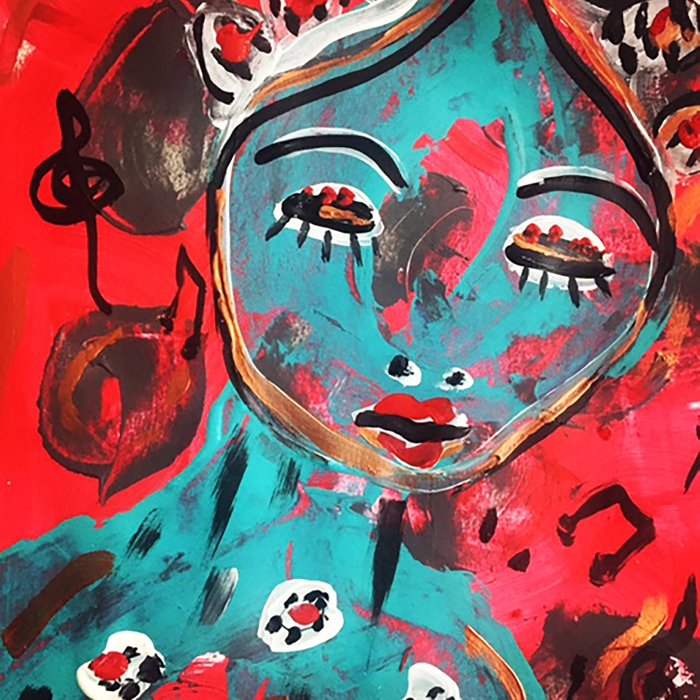
For those of you who were at Sangha this past Sunday, here is the “Write This Down” list I promised from Phillip Moffitt’s closing night talk at the Advanced Practitioner retreat:
- Know for yourself and remember: This is what matters.
- Be clear as to your aspiration: If this is what matters, then my aspiration is to be in relation to it in this particular way.
- Act with intention: My goals and the means for reaching those goals may change, but my moment-to-moment intention is based on my values — and these do not fluctuate.
- Maintain the commitment: Living an intentional life requires commitment, which I will cultivate in this particular way.
It was quite extraordinary to have a teacher say: “Write this down” in the middle of a dharma talk! So I’m inspired to take it on:
- This is what matters to me: A calm, clear mind and a peaceful loving heart.
- This is what I aspire to: Freedom from “Judging Mind.”
- This is what my intention is: To act with kindness and goodwill, as best I am able.
- This is how I will maintain my commitment: Practice daily (Year of Getting to Know Goodwill); deepen practice by going on retreats; meet regularly with a wise and caring teacher (Phillip).
***
What matters to you?
Toward Which My Journey Tends
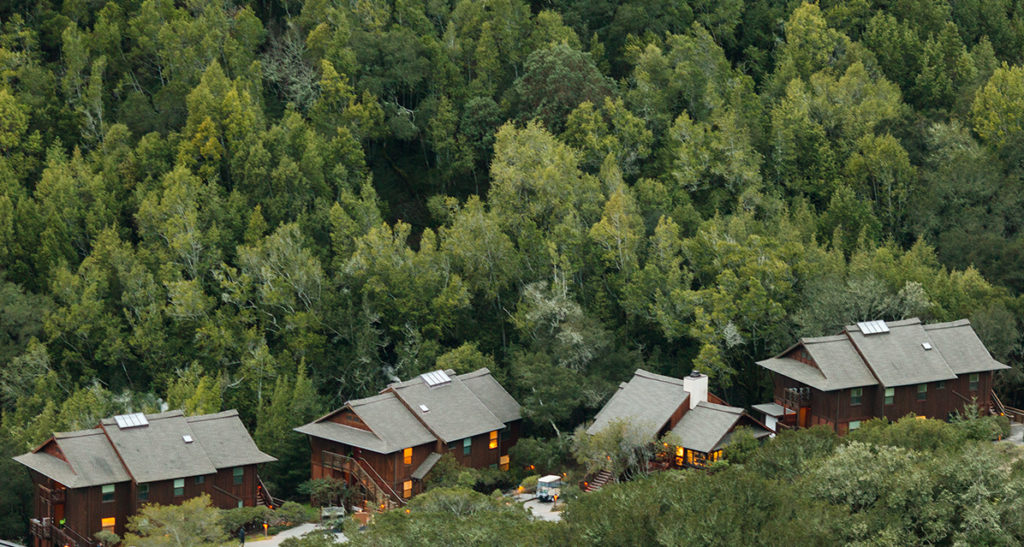
I leave Monday morning for the Nature of Awareness retreat at Spirit Rock (pictured above) and I won’t be posting again till the week of April 29.
To tide you over, I offer this excerpt from my favorite armchair travel guide — Invisible Cities, by Italo Calvino:
The Great Khan’s atlas contains also the maps of the promised lands visited in thought but not yet discovered or founded: New Atlantis, Utopia, the City of the Sun, Oceana, Tamoe, New Harmony, New Lanark, Icaria.
Kublai asked Marco: “You, who go about exploring and who see signs, can tell me toward which of these futures the favoring winds are driving us.”
“For these ports I could not draw a route on the map or set a date for the landing. At times all I need is a brief glimpse, an opening in the midst of an incongruous landscape, a glint of lights in the fog, the dialogue of two passersby meeting in the crowd, and I think that, setting out from there, I will put together, piece by piece, the perfect city, made of fragments mixed with the rest, of instants separated by intervals, of signals one sends out, not knowing who receives them. If I tell you the the city toward which my journey tends is discontinuous in space and time, now scattered, now more condensed, you must not believe the search for it can stop. Perhaps while we speak, it is rising, scattered, within the confines of your empire; you can hunt for it, but only in the way I have said.”
Already the Great Khan was leafing through his atlas, over the maps of the cities that menace in nightmares and maledictions: Enoch, Babylon, Yahooland, Butua, Brave New World.
He said: “It is all useless, if the last landing place can only be the infernal city, and it is there that, in ever-narrowing circles, the current is drawing us.”
And Polo said: “The inferno of the living is not something that will be; if there is one, it is what is already here, the inferno where we live every day, that we form by being together. There are two ways to escape suffering it. The first is easy for many: accept the inferno and become such a part of it that you can no longer see it. The second is risky and demands constant vigilance and apprehension: seek and learn to recognize who and what, in the midst of the inferno, are not inferno, then make them endure, give them space.”
Worth Celebrating
Exactly ten years ago today, I was at my first-ever retreat at IMS (Insight Meditation Society) in Barre, Massachusetts. (February. Boston. What was I thinking?!?)
Previously I had been going to retreats at Spirt Rock — which is in California, where it’s warm!!! — but there I was, in Massachusetts (in the winter!!!) because six months earlier, I’d heard a dharmaseed talk by a then-little-known teacher (who I’d certainly never heard of), who was going on about a new book he had just written (which I’d also never heard of), who spoke with a slight southern-ish accent (which I never used to like), but who somehow — I really don’t know how — had such an impact on me that by the time he finished talking, I’d decided: I’ve got to go sit with that guy!
“That guy” was Phillip Moffitt (who is now my main teacher and mentor) and the book he was talking about is Dancing with Life (which is now my all-time favorite dharma book).
So last night, I celebrated, by listening to that first talk, and then to a couple of the talks Phillip gave at that first retreat.
Why not! I feel like it’s sort of my Dharma Anniversary.
Want to celebrate with me?
Here’s a link to that first dharmaseed talk: Dancing with Life
Here’s a link to a couple of Phillip’s talk at that first retreat: The Second Noble Truth and the Hindrances, and Now That You Know, What Do You Know?
Here’s an excerpt from the intro to his book: “Dancing with Life is a teaching of the wisdom that is to be found in being consciously and fully present with your suffering until what is called ‘pure’ awareness,’ or ‘Buddha nature,’ or ’emptiness,’ that lies beyond your personality is revealed. It points to the opportunity you have to make a radical inner shift in how you view your existence.
“Whatever the source of your suffering may be, this inner shift will provide a new, deeper context for interpreting your experiences that bring clarity and equanimity to your mind.
“The result of this inner transformation is that your life — with all its pain, disappointment and uncertainty, as well as all that you cherish, love, and work hard for — is radically enriched.
“You will discover, as so may others have before you, a feeling of aliveness, something mystical, palpable in your daily life. You may have a long journey to your final and full liberation, but peace and freedom of mind are available to you right now in ever-increasing measure.”
(He’s right.)
***
Cheers!
What We Do for Love
I love going on silent retreats. My first was three days long. My longest was two months. I’d love to sit a longer retreat — maybe even a full year, like a friend of mine recently did at the Forest Refuge.
But what about sitting a four-year silent retreat!?!
That’s what Bill and Susan Morgan did! Beginning in the fall of 2009.
Seems kind of crazy, right? From a “normal life” view of things, of course it IS!
But then, isn’t love always some kind of “crazy”?
Check it out:
“Now, in a series of seven videos entitled A Deeper Dive, the couple reflect on their extraordinary experiences at the Forest Refuge. They speak about how they came to the idea to commit to such a prolonged period of practice, the challenges they faced along the way, and several profound insights they gleaned both about themselves as individuals, and as a couple, practicing side-by-side every day, without speaking, for four years.”
– from Insight Meditation Society Sangha News
And Finally…
One of the topics at the recent course on Suffering and Oppression, taught by Lila Kate Wheeler and Lama Rod Owens, was the sexual and physical abuse perpetrated by leaders in some Buddhist communities. Our discussion focused mainly on the Rigpa lineage, since the leader of that organization — Sogyal Rinpoche — had been Lama Rod’s primary teacher. (Sogyal stepped down in 2017 when the abuse he’d perpetrated for decades finally came to light.)
Unfortunately this kind of behavior is not limited to any one tradition or organization, so I am very glad to see that Ajahn Sucitto has just written a blog post on this subject, titled The Power: to Bless or Abuse, which I highly recommend.
Of course Sucitto’s blog post doesn’t begin to cover this topic, but I like that he sums up his thoughts with this advice:
“The duty of the teacher, lay or in robes, is to recognize that their position and Dhamma will give them power – whether they wish for it or not.
“Thus my advice to disciples: check as to whether a teacher is in touch with a source outside his/her own mind; whether they operate within conventions that are widely held to be virtuous; and whether they are accountable to a group of peers or elders.
“And to teachers: ward off titles and empowerments; while occupying the teacher’s seat, pay homage to the source of those teachings; and finally when one has completed a teaching, get off that sacred seat and walk away.”
Let It Snow
Note: No post tomorrow because I’ll be busy getting ready to go to the Barre Center for Buddhist Studies (in western Massachusetts), where I’ll be taking a course on the Satipatthana in Dialogue with Suffering and Oppression, taught by my mentor Lila Kate Wheeler and Lama Rod Owens.
This does involve flying to Boston. In the winter.
I know.
But consider the bios of these two teachers!
Lila Kate Wheeler was authorized to teach at IMS-Spirit Rock ten years ago. She’s now honored to serve as a coordinator for the current training cohort at Spirit Rock, historic in its diverse composition. Lila’s practice includes being a nun in Burma and the US; learning and authorizations to share Dharma from Harilal Poonja and Dza Kilung Rinpoche. She’s married, a published writer, and has edited the first anthology of Buddhist fiction plus two books by the late Sayadaw U Pandita, her Burmese meditation master.
Lama Rod Owens is the Guiding Teacher for the Radical Dharma Boston Collective and teaches with Inward Bound Mindfulness Education (iBme) where he is also a faculty member for the organization’s teacher training program. He holds a Master of Divinity degree in Buddhist Studies from Harvard Divinity School with a focus on the intersection of social change, identity, and spiritual practice. He is a co-author of Radical Dharma, Talking Race, Love, and Liberation, which explores race in the context of American Buddhist communities. He also contributed a chapter on working with anger and difficult emotions in the book Real World Mindfulness for Beginners. He has offered talks, retreats, and workshops at Harvard, Yale, Tufts, NYU, and other universities. His current writing project is an exploration of intersectional masculinity and spirituality. He is a formally authorized teacher in the Kagyu school of Tibetan Buddhism.
***
Who cares about a little snow!
Forge Your Fierceness!
In A Fierce Heart: Finding Strength, Courage, and Wisdom in Any Moment, Spring Washam writes:
“The Buddha said that in a human life, we experience ten thousand joys and ten thousand sorrows. None of us is free from either.
“We have to open up to everything in order to transform it. We become willing to use every condition, challenge, and misery as a teaching, no matter how bad it feels or how dark it gets…
“When we allow the shadows and the suffering in, they become the vehicles for our healing. Heartbreak, loss, and the worst betrayals become the fuel for transformation. We can learn how to use the mud and muck of our lives to wake up and grow.
“When it feels impossible, that is exactly the time when we need a fierce heart the most. Let it all burn in the cosmic fires, so you can forge your fierceness and grow stronger and wiser.
“No matter what you’ve been through, now is the starting point, so if you’re feeling hopeless or at a loss, please trust me when I say your greatest moments are yet to come.”
***
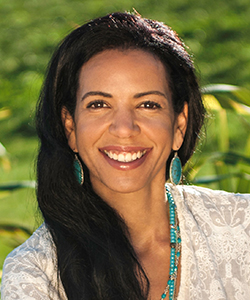 Forge your fierceness with Spring Washam right here in St. Louis, Nov 1-4.
Forge your fierceness with Spring Washam right here in St. Louis, Nov 1-4.
Rates begin at $5.
Don’t miss it!!!
For more information, click here.
Contemplating Externally
I’ve just signed up to attend a very unusual weekend course offered at the Barre Center for Buddhist Studies (BCBS). The title of the course is Satipattana in Dialogue with Suffering and Oppression and it’s being taught by my mentor, Lila Kate Wheeler, and Lama Rod Owens (pictured above), co-author of Radical Dharma (which I’ve posted about here and here).
This is the course description:
Satipatthana means “foundations of mindfulness.” As the Buddha originally taught this, mindfulness and clear comprehension are offered as the most helpful, liberating way to relate to four areas of experience: body, feeling tones, mind, and Dharmas or psychophysical patterns. Contemporary mindfulness, as widely practiced in many different engagements, tends to emphasize the internal or personal aspects of satipatthana.
Yet the Buddha’s instructions ask that we practice ‘externally’ too. During this course we will present a traditional understanding of satipatthana, and place it in dialogue with challenges many of us face in our daily lives. Can satipatthana be a helpful, liberating way to relate to racism, class, ableism, patriarchy, sex, environmental violence, and body shame? How do we move toward freedom?
***
Doesn’t sound like your typical “Four Foundations of Mindfulness” retreat, now does it!
Interested?
Think about taking the course with me!
BCBS is located in Barre, MA, near Boston. There are direct flights on Southwest from St. Louis to Boston, where you can get a shuttle that will take you to BCBS, which is out in the woods and is an AWESOME place to practice — even in December! The cost of the course with room and board is $327 (plus a donation to the teachers). Scholarships are available.
The course dates are: Thursday, Dec 6 (early evening) to Sunday, Dec 9 (mid-day).
Check it out!!!!
Whatever You Get Interested In…. Gets Interesting.
 I’m back now from the Concentration retreat, which was VERY. VERY. INTERESTING.
I’m back now from the Concentration retreat, which was VERY. VERY. INTERESTING.
I wish you could all have been there. At least I can give you a peek:
In one of my favorite talks from the retreat — the “Enjoyment” talk — Sally Armstrong references Ajahn Sucitto’s lovely little book, Samadhi is Pure Enjoyment.
Here’s a link to the talk: Developing a Skillful Relationship to Happiness.
And here’s an excerpt from the book:
“…The idea of focusing is to settle, to focus in a way in which you feel settled and easy, not confused or sleepy. That’s the only point where you’ll experience a steady breath. This is really where your awareness can settle. Which means that it’s a matter of attitude as well as a physical point.
“Then you’ll find yourself settling in. You’ll begin to experience some kind of sign — the quality of openness without attachment has a characteristic feel, such as brightness. Listen in to that (if it’s something you experience through listening) as if you’re listening to the listening. If it’s tactile, feel it. If it has an emotional base, resonate with it.
“It is beautiful. Notice the beauty. What is this beauty? It’s where the mind feels gently delighted and uplifted. This is rapture — the threshold of samadhi….
“We can’t hold this beauty of rapture. A relationship to beauty is something akin to devotion. We don’t hold it; we’re aware of it in a way that’s both gladdened and respectful. We have to give ourselves to it. Of course, this is something we’re not used to; it’s something that requires trust.
“Trust your body first of all. The body is something that can be trusted much more than the mind. As one learns to trust, one learns to receive the blessings of what is good and conducive to the heart’s welfare. This brings joy….
“I think of ‘enjoyment’ as ‘receiving joy’; and samadhi as the art of refined enjoyment. It is the careful collecting of oneself into the joy of the present moment.
“Joyfulness means there’s no fear, no tension, no ‘ought to’. There isn’t anything we have to do about ti. So there is stillness. It’s just this.”

